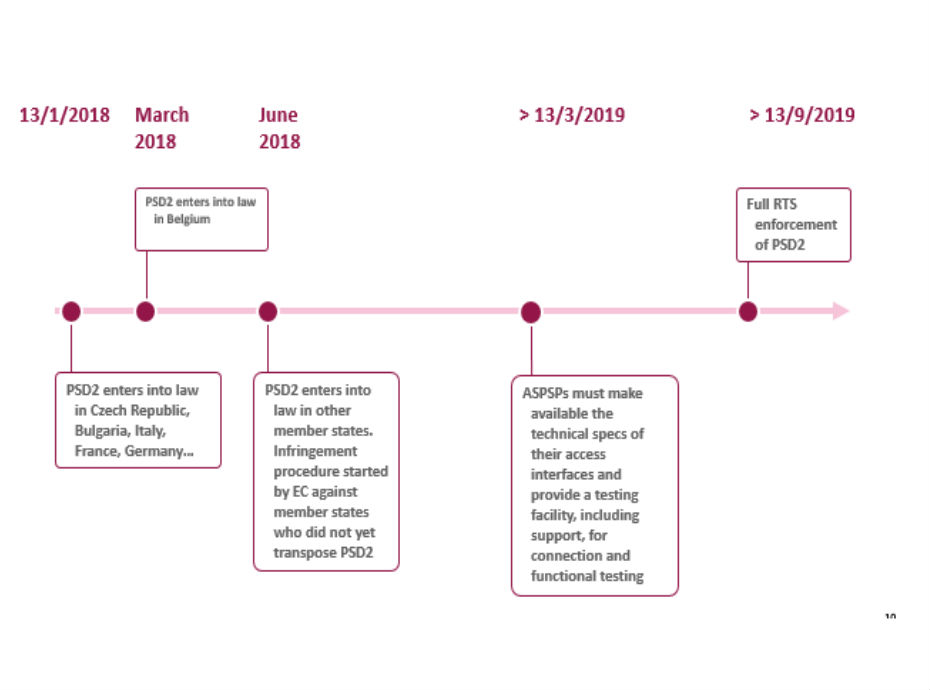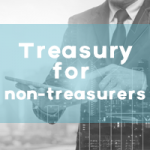Best read articles of all time – Corporate Governance – It is all about the rules
| 20-06-2018 | treasuryXL |
 Corporate governance is the rules and processes by which a company is controlled and directed. It is a balancing mechanism between different stakeholders – directors, shareholders, management, government, external financiers etc. The treasury function performs highly skilled and complex tasks to ensure continued and harmonious execution of all cash related functions. At the same time, there is much interaction with both internal and external stakeholders. The corporate governance within the treasury function should always be performed in accordance with predetermined and approved metrics as laid out in Treasury statutes. This means undertaking operations that are consistent with the governance within the corporation.
Corporate governance is the rules and processes by which a company is controlled and directed. It is a balancing mechanism between different stakeholders – directors, shareholders, management, government, external financiers etc. The treasury function performs highly skilled and complex tasks to ensure continued and harmonious execution of all cash related functions. At the same time, there is much interaction with both internal and external stakeholders. The corporate governance within the treasury function should always be performed in accordance with predetermined and approved metrics as laid out in Treasury statutes. This means undertaking operations that are consistent with the governance within the corporation.
Corporate governance helps to define the strategies of a company, and highlight how these strategies will be implemented throughout the policies, procedures and working processes. Normally, Treasury statutes are drawn up by treasury and management – detailing the accepted methodology to perform the approved tasks – whilst responsibility and approval is granted by the directors. Once agreed upon, the statutes have to be observed by staff carrying out their duties and responsibilities.
As the treasury function is highly complex – both in financial products as well as regulatory frameworks – both directors and management need to fully comprehend the functionality as well as the implications of different financial products and services. The onus lies on the treasury department to ensure that other stakeholders not only have enough knowledge about the products, but also awareness and understanding of the relevant risks. This is vital to ensure that the right decisions are made at the highest strategic level.
Directors and management need to understand:
- Financial risks undertaken whilst running the business on a day-to-day basis
Operational controls to protect the business from fraud
Risks inherent in approved financial instruments
Strategies used to identify and mitigate financial risk
How risk is measured and reported
Potential exposure as a result of the agreed policy
Acceptance that not all risks can be qualified and quantified
The influence of external factors – market risk, counterparty risk, interest rate risk etc.
Proactive role of the Treasury
- Accurate valuation of financial products used – if you cannot value it, you should not be using it
Quick recording of all transactions
Ensuring with controllers that all financial products are correctly input for accounting purposes
Implementation and management of agreed Treasury policies
Determining if bank covenants are being maintained
Ensure compliance with all external regulatory frameworks
Collaborating with auditors – both internal and external
Policy is influenced by strategy and objectives. The role of Treasury is to help to fulfil those objectives. Treasury has a dual function – it both mitigates risk as well as being the source of risk. Treasury enters into financial transactions on behalf of the business in order to mitigate risks; however, something like an unauthorised trade could subject the business to financial loss.
It is essential that directors and management understand both the risks that treasury manage, together with the potential risks that those transactions can create.





 François de Witte – Founder & Senior Consultant at
François de Witte – Founder & Senior Consultant at 






 Prof. Dr. Ir. Herbert Rijken – Professor Corporate Finance at VU University Amsterdam
Prof. Dr. Ir. Herbert Rijken – Professor Corporate Finance at VU University Amsterdam Fintech Hotseat – AFP 2017: Alongside smaller companies, there are still many medium and large sized companies that have not yet implemented real-time monitoring of their payment processes. The result? These organizations then fail to discover missing cash until the end of the month. In this interview during the AFP Conference 2017 Giancarlo Laudini, SVP Global Sales and Marketing Operations, gives you insights how business intelligence can help you to prevent cyber crime and fraud in your organisation.
Fintech Hotseat – AFP 2017: Alongside smaller companies, there are still many medium and large sized companies that have not yet implemented real-time monitoring of their payment processes. The result? These organizations then fail to discover missing cash until the end of the month. In this interview during the AFP Conference 2017 Giancarlo Laudini, SVP Global Sales and Marketing Operations, gives you insights how business intelligence can help you to prevent cyber crime and fraud in your organisation. “We don’t need cash flow forecasting” – statements like this are frequently heard at companies with significant cash reserves. They often highlight concerns about major internal expenses as capturing the relevant data can tie up significant resources. Modern cash flow forecasting, however, is about far more than just safeguarding against insolvency. And using up-to-date technologies only minimal efforts are needed to implement a forecast that will provide you with an array of insightful data.
“We don’t need cash flow forecasting” – statements like this are frequently heard at companies with significant cash reserves. They often highlight concerns about major internal expenses as capturing the relevant data can tie up significant resources. Modern cash flow forecasting, however, is about far more than just safeguarding against insolvency. And using up-to-date technologies only minimal efforts are needed to implement a forecast that will provide you with an array of insightful data. 
